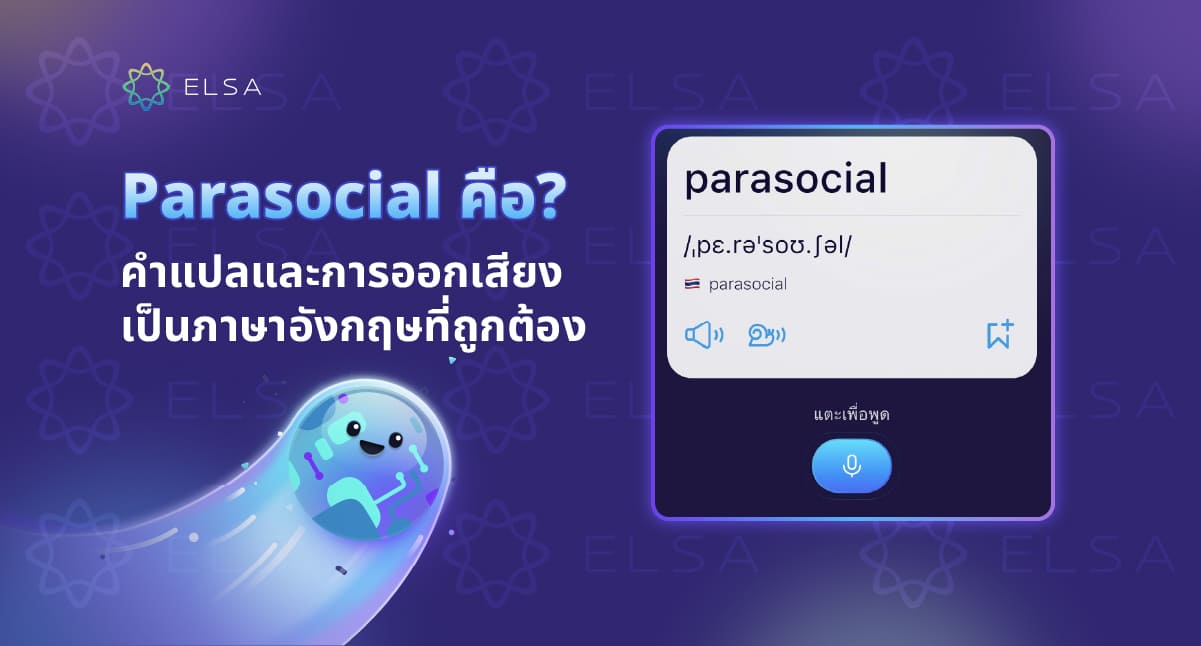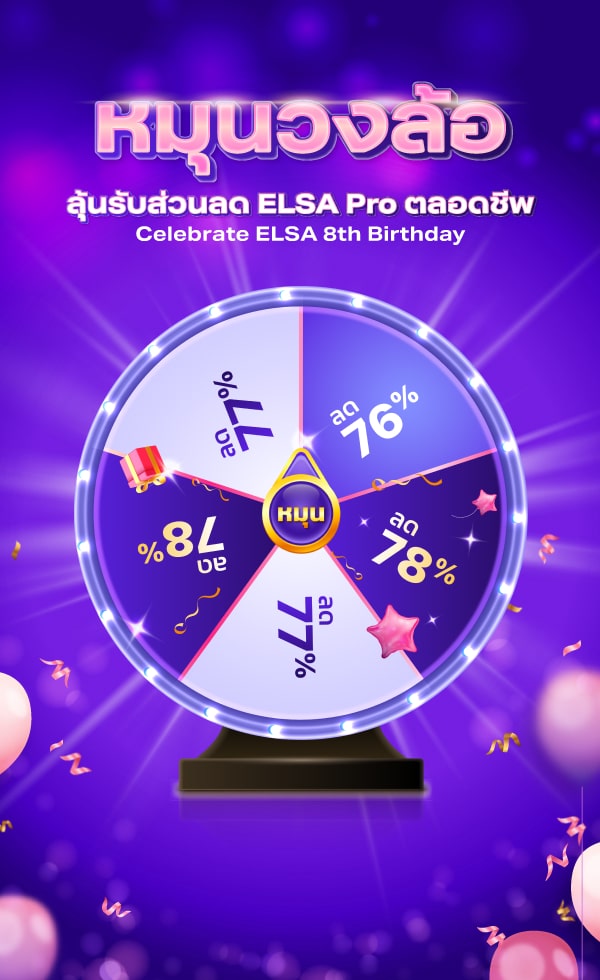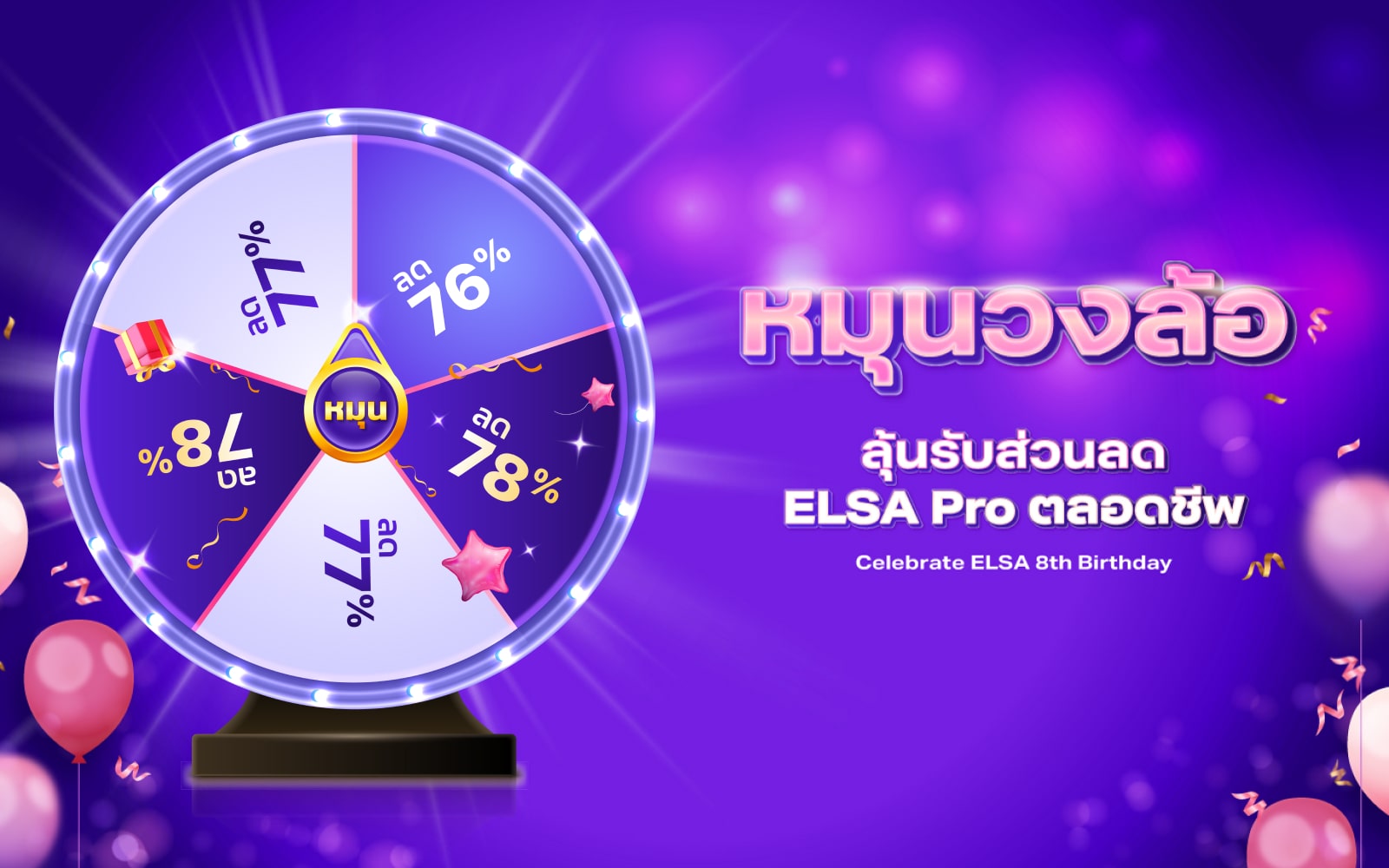หนึ่งใน 4 เกณฑ์การให้คะแนนของทั้ง IELTS Speaking & Writing คือ Grammatical range & accuracy (ความหลากหลายและความแม่นยำทางไวยากรณ์) ส่วนที่เป็นพื้นฐานและสำคัญที่สุดสำหรับการปูพื้นฐานไวยากรณ์ให้แน่น นั้นคือต้องเข้าใจคำกริยาในภาษาอังกฤษเป็นอย่างดี ดังนั้น ให้ดูบทความด้านล่างเพื่อทำความเข้าใจ verb คือ อะไรนะ
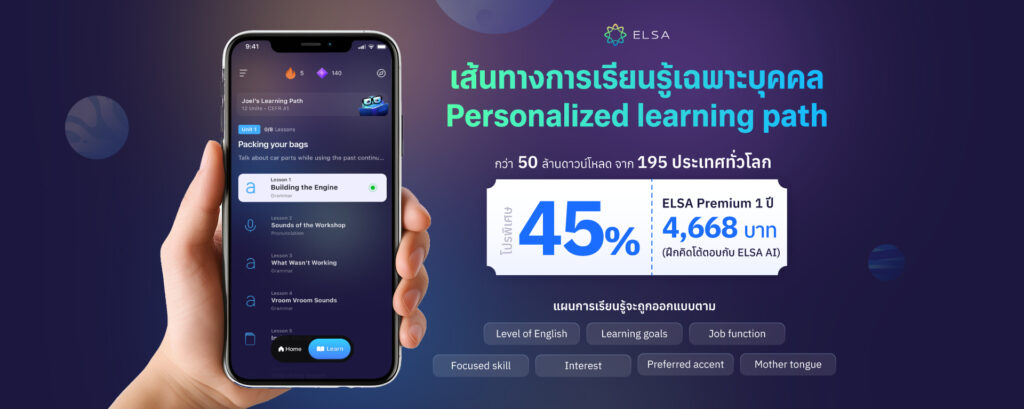
คำกริยาในภาษาอังกฤษหรือ verb คือ อะไร?
คำกริยาในภาษาอังกฤษ Verb คือ คำหรือวลีที่ใช้แสดงการกระทำหรือสถานะบางอย่างของประธาน และมีหน้าที่ในการถ่ายทอดข้อมูลสำคัญ คำกริยาในภาษาอังกฤษเป็นหนึ่งในองค์ประกอบหลักที่จำเป็นต้องมีในประโยคภาษาอังกฤษ เราไม่สามารถสร้างประโยคได้หากไม่มีคำกริยา
สอบก่อนเข้าฟรี

ตัวอย่าง:
- He goes to school on foot everyday (เขาเดินไปโรงเรียนทุกวัน)
→ Goes ใช้ยังไงในประโยคนี้ ด้วยประธาน He เราเติม “es” ต่อท้ายคำกริยา “go” ให้เป็น “goes“
- The sky is blue (ท้องฟ้าเป็นสีฟ้า)
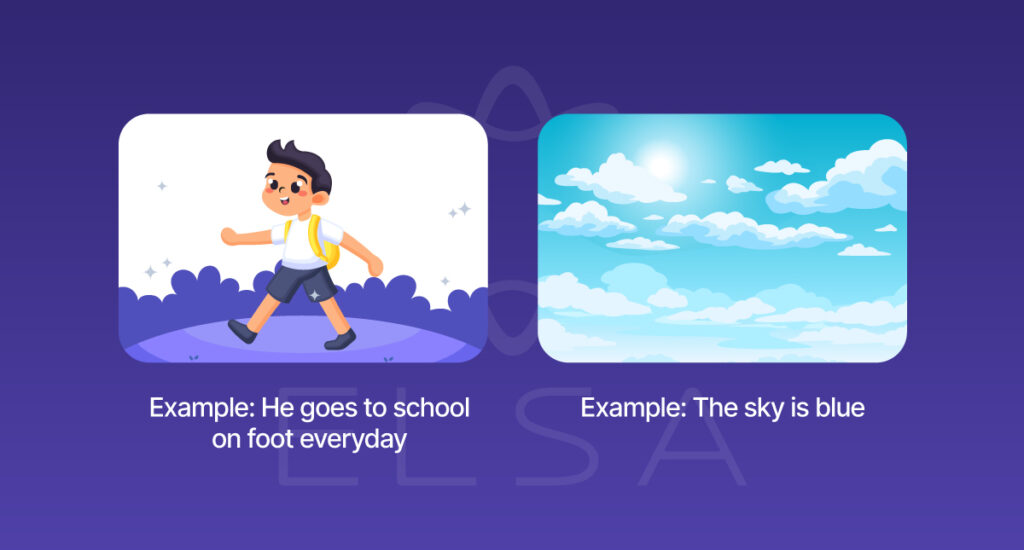
การจำแนกคำกริยาในภาษาอังกฤษโดยละเอียด
การจำแนกตามบทบาทของกริยา
verb to be คือ อะไร
คำกริยา To be จะเปลี่ยนตามองค์ประกอบต่อไปนี้:
- ประโยคอยู่ในรูปแบบบอกเล่า ปฏิเสธ คำถามใช่หรือไม่หรือคำถามที่มีคำเป็นคำถาม
- บุรุษของประธาน
- กาล
ประโยคบอกเล่า (Positive):
To be ในประโยคบอกเล่าจะอยู่หลังประธานและเปลี่ยนไปตามตัวประธาน โดยละเอียดดังตารางต่อไปนี้
| To be (บอกเล่า) | To be (บอกเล่า) | แบบสั้น (บอกเล่า) |
| I | am | I’m |
| He/She/It | is | He’s/She’s/It’s |
| We | are | We’re |
| You | are | You’re |
| They | are | They’re |
ตัวอย่าง
| POSITIVE | SHORT FORM | |||
| I | am | English. | I’m | English. |
| He/She/It | is | He’s/She’s/It’s | ||
| We | are | We’re | ||
| You | are | You’re | ||
| They | are | They’re | ||
ประโยคปฏิเสธ (negative):
to be ในประโยคปฏิเสธจะมีตำแหน่งและบุรุษเหมือนกันกับประโยคบอกเล่า แต่เราจะเติม “Not” หลังคำกริยา to be
| To be (ปฏิเสธ) | To be (ปฏิเสธ) | แบบสั้น (ปฏิเสธ) |
| I | am not | I’m not |
| He/She/It | is not | He/She/It + isn’t He’s/She’s/It’s + not |
| We | are not | We‘re not/ We aren’t |
| You | are not | You‘re not/ You aren’t |
| They | are not | They‘re not/ They aren’t |
ตัวอย่าง
| NEGATIVE | SHORT FORM | |||
| I | am not | French. | I’m not | French. |
| He/She/It | is not | He/She/It isn’t He’s/She’s/It’s not | ||
| We | are not | We aren’t/We‘re not | ||
| You | are not | You aren’t/You‘re not | ||
| They | are not | They aren’t/They‘re not | ||
ด้วยประเภทคำถามใช่หรือไม่ (Yes No Question):
to be มีหน้าที่นำหน้าประโยค ก่อนประธาน และผันตามบุรุษตามกฎที่เพิ่งกล่าวถึง
| Yes/No Questions | Short Answers | |||
| Am | I | late? | Yes, I am. | No, I‘m not. |
| Is | he/she/it | Yes, he/she/it is. | No, he/she/it isn’t. No he‘s/she‘s/it‘s not. | |
| Are | we | Yes, we are. | No, we aren’t/we‘re not. | |
| Are | you | Yes, you are. | No, you aren’t/you‘re not. | |
| Are | they | Yes, they are. | No, they aren’t/they‘re not. | |
ในคำถามแบบใช้คำถาม (WH-question):
เราจะใส่ to be ไว้หลังคำให้พื่อถาม และจะผันตามบุรุษตามกฎข้อที่แล้วด้วย
| Wh-QUESTIONS | ||
| Where | am | I? |
| Who | are | you? |
| What | is (‘s) | your job? |
| How old | is (‘s) | your brother? |
หน้าที่ของคำกริยา to be:
- To be ใช้เพื่ออธิบายผู้คนและสิ่งของ
- To be ใช้เพื่อพูดคุยเกี่ยวกับความรู้สึกหรือความคิดเห็นเกี่ยวกับบางสิ่งบางอย่าง
- To be ใช้เพื่ออธิบายตำแหน่งและเวลา
- To be ใช้เพื่ออธิบายข้อมูล เช่น อายุ สัญชาติ อาชีพ สี
คำกริยาการกระทำ (action verb)
คำกริยาการกระทำ Action verb คือกริยาที่แสดงการกระทำธรรมดาๆ
ตัวอย่าง:
- Peter listens to music when he is sad (Peter ฟังเพลงเมื่อเขาเศร้า)
→ ด้วยประธานคือ “Peter” กริยา “listen” เพิ่ม “s” เป็น “listens”
ตัวอย่าง
- Peter listens to music when he is sad.
- Peter works until 9pm every day.
คำกริยาช่วย (auxiliary verb)
ในภาษาอังกฤษ คำกริยาช่วย หรือ auxiliary verb คือคำกริยาที่ “สนับสนุน” คำกริยาอื่นๆ เพื่อสร้างโครงสร้างเกี่ยวกับกาลกริยา รูปแบบกรรมวาจก ฯลฯ คำกริยาช่วยทั่วไปบางคำในภาษาอังกฤษมักใช้คือ do, have
ตัวอย่าง
- I have studied English for three years. (ฉันเรียนภาษาอังกฤษมา 3 ปีแล้ว)
- We don’t like to eat onions. (เราไม่ชอบกินหัวหอม)
กริยาช่วย (Modal Verb)
Modal verb คือกริยาที่มีหน้าที่มีหน้าที่เสริมความหมายให้กริยาหลัก ใช้แสดงความเป็นไปได้ ความตั้งใจ ข้อห้าม ความจำเป็น คำกริยาช่วยทั่วไปรวมถึงคำเช่น can, could, may might, must, have to, need, should, ought to
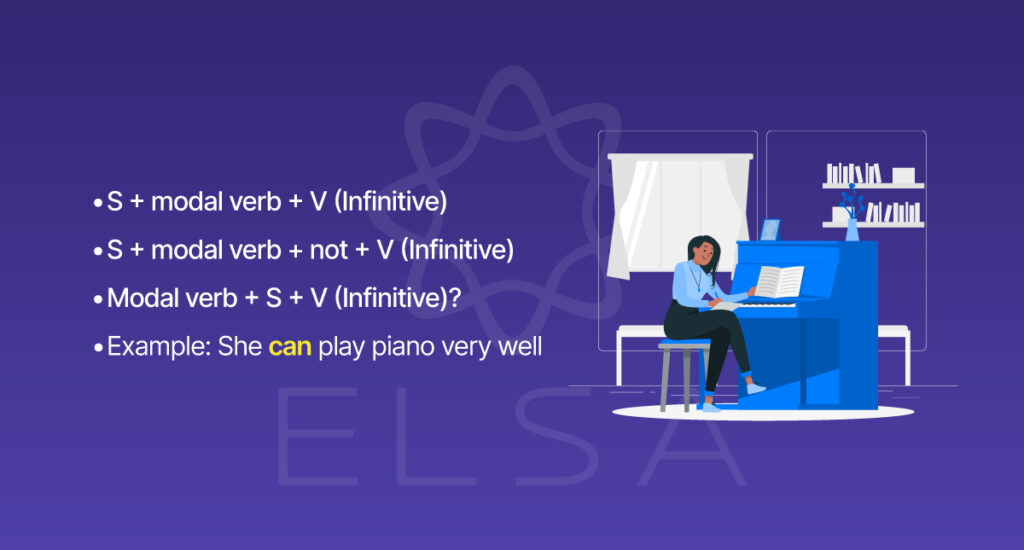
อกรรมกริยาและสกรรมกริยาในภาษาอังกฤษ
อกรรมกริยา (Intransitive Verb)ในภาษาอังกฤษคืออะไร
ในภาษาอังกฤษ อกรรมกริยา หรือ Intransitive Verb คือคำกริยาที่ไม่จำเป็นต้องมีกรรมตามหลัง แต่ยังสามารถแสดงความหมายของประโยคได้อย่างเต็มที่
สกรรมกริยา (Transitive Verb) ในภาษาอังกฤษคืออะไร
ในภาษาอังกฤษ สกรรมกริยา หรือ Transitive Verb คือคำที่ต้องมีกรรมตามหลังเพื่อสร้างประโยคที่มีความหมายเฉพาะ ในด้านไวยากรณ์ สกรรมกริยาต้องมีอย่างน้อยหนึ่งกรรมตามหลังคำนั้น สกรรมกริยาเดี่ยวคือกริยาที่ต้องการเพียงกรรมเดียวตามหลัง สกรรมกริยาคู่คือ กริยาที่ต้องการกรรมสองอย่าง ซึ่งสามารถเป็นกรรมตรงหรือกรรมรอง
ตัวอย่าง
- Intransitive Verb: The children are playing in the park.
- Transitive Verb: She is saving money to buy a new house.
>>> Read more: Gerund and infinitive – หลักการใช้และแบบฝึกหัด
รูปแบบคำกริยาทั่วไปในภาษาอังกฤษ
กิริยาทางกาย (Physical verb)
กิริยาทางกายในภาษาอังกฤษหมายถึงคำที่อธิบายการกระทำของประธานในประโยค
ตัวอย่าง
- The cat is lying by the window.
- He threw the ball at me.
คำกริยาแสดงสภาวะ (Stative verb)
คำกริยาแสดงสภาวะ Stative verb คือคำที่ไม่ได้ใช้อธิบายการกระทำแต่ใช้เพื่อระบุการมีอยู่ของเหตุการณ์หรือสถานการณ์บางอย่างในชีวิต
ตัวอย่าง
- Mr. Tactful seems like a nice guy.
- This salad tastes delicious.
คำกริยาที่แสดงสภาวะทางความคิด (Mental verb)
คำกริยาที่แสดงสภาวะทางความคิดในภาษาอังกฤษเป็นคำที่มีความหมายทางความคิด ตัวอย่างเฉพาะ เช่น เข้าใจ รู้ คิด เป็นต้น เกี่ยวกับปัญหาหรือเหตุการณ์หนึ่งในชีวิต คำกริยาเหล่านี้จะไม่ถูกผันในกาลต่อเนื่อง
ตัวอย่าง
- I like her dress.
- I understand the problem you are having.

แบบฝึกหัดคำกริยาในภาษาอังกฤษ
แบบฝึกหัดกริยาปกติ
- I (listen) ___ to music every night.
- They (go) ___ to school every day.
- We (get) ___ up at 5 every morning.
- You (live) ___ in a big city.
- Nga and Lan (brush) ___ their teeth.
- Nam and Ba (wash) ___ their faces.
- I (have) ____ breakfast every morning.
- Na (have) ____ breakfast at 6 o’clock
- Every morning, Ba (get) ____ up.
- He (brush) ____ his teeth.
คำตอบ
- listen
- go
- get
- live
- brush
- wash
- have
- has
- gets
- brushes
แบบฝึกหัดทั่วไปเกี่ยวกับคำกริยาภาษาอังกฤษ
- I ___ anything about the night of the accident.
a. don’t remember
b. ‘m not remembering
c. wasn’t remembering
- After we broke up, she sold the ring that I ____ her for her birthday.
a. give
b. was giving
c. had given
- We ____ our website.
a. recently renewed
b. are recently renewing
c. have recently renewed
- We took off our clothes and ____ into the river.
a. were jumping
b. had jumped
c. jumped
คำตอบ
1/ a. don’t remember
2/ c. had given
3/ c. have recently renewed
4/ c. jumped
บทสรุป
ข้างต้นคือความรู้เกี่ยวกับคำกริยาในภาษาอังกฤษทั้งหมด ด้วยความรู้เหล่านี้ คุณจะได้เรียนรู้ด้วยวิธีที่ง่ายและสมบูรณ์ที่สุด! เพื่อการเลือกเส้นทางที่เหมาะกับเป้าหมายของคุณในการพิชิตภาษาอังกฤษ ELSA Speak ยินดีที่ได้เป็นเพื่อนเดินทางของคุณ



